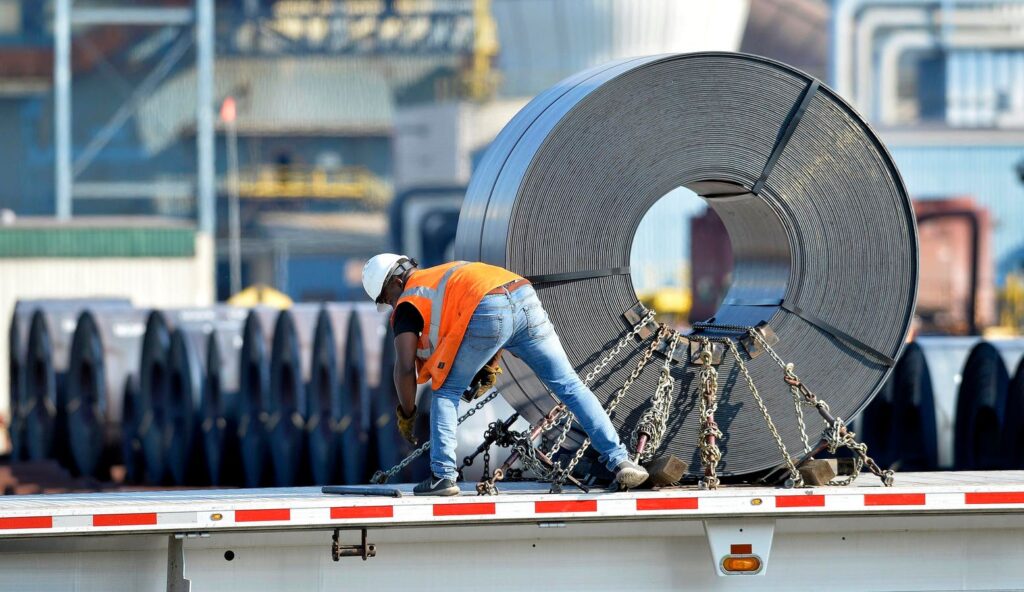The current landscape of the stock market presents a challenging environment for investors, who often lament the scarcity of affordable stocks amid rising valuations. With stocks trading at approximately 24 times earnings, this is notably above the historical average of around 15. Despite the perception of a high-priced market, opportunities for value investments still exist, particularly outside the technology sector and the disproportionate interest given to the so-called “Magnificent Seven.” Investors are encouraged to explore alternative sectors, such as energy, banking, and homebuilding, where undervalued stocks can be discovered.
Among the stocks worth considering is ConocoPhillips (COP), a major player in the oil industry with a strong international presence across 15 countries. The company, which traces its roots back to 1875, boasts a solid profit structure with a remarkable 20% return on stockholder equity over the last year. With its stock trading at less than 12 times earnings and a dividend yield exceeding 3%, ConocoPhillips presents an attractive option for investors seeking value in the energy sector, with potential for further dividend growth in the future.
Another noteworthy candidate is Paccar Inc. (PCAR), renowned for its heavy-duty trucks like Kenworth and Peterbilt, which dominate nearly a third of the U.S. market. Paccar has consistently demonstrated impressive returns on equity, surpassing 20% in seven of the last ten years. With its stock selling for just under 12 times earnings, Paccar’s performance has been robust, doubling over the past five years while maintaining a favorable valuation, attracting attention from value-focused investors.
Schlumberger Ltd. (SLB), part of the big three oilfield services companies alongside Baker Hughes and Halliburton, faces challenges with a significant 29% drop in stock price through late 2023. However, the fluctuating oil prices between $50 and $100 per barrel, coupled with geopolitical tensions, suggest a favorable outlook for crude oil prices in the medium term. As such, the current valuation presents a potential entry point for investors banking on a rebound in oil prices and operational stability in a recovering energy market.
In the homebuilding sector, D.R. Horton Inc. (DHI) stands out as the largest U.S. homebuilder, focusing on affordability across various price points. As interest rates play a pivotal role in homebuilding dynamics, investor sentiment fluctuated following anticipated Federal Reserve actions. Currently trading at around 10 times earnings, D.R. Horton’s stock presents an opportunity for investors looking at a resilient industry leader despite ongoing economic uncertainties and interest rate concerns.
Lastly, M&T Bank, a significant regional bank operating over 1,000 branches across the Eastern U.S., showcases solid performance metrics, especially in return on assets, achieving this benchmark 13 out of the last 14 years. With its stock priced at 14 times earnings and a steady business model, M&T Bank aligns well with the criteria of a value investment. Similarly, Nucor Corp. (NUE), the largest steel producer in the U.S., benefits from existing trade tariffs and has consistently posted profits for 14 consecutive years. Despite a 22% drop in its stock price in 2023, Nucor trades at a favorable valuation of just 11 times earnings, making it an intriguing prospect for investors seeking value in industrial stocks.
Reflecting on the previous year’s stock performance, the disparity between the “Regular Seven” value stocks and the “Magnificent Seven” was stark, with the latter outperforming significantly. The Regular Seven achieved a 14% return within a year—underwhelming compared to the 63% return of the Magnificent Seven and the broader S&P 500 Total Return Index at 26.5%. This observation underscores the challenges of identifying undervalued stocks in an expensive market environment, but for diligent investors, a thorough exploration beyond prominent tech stocks may still yield noteworthy investment opportunities.

